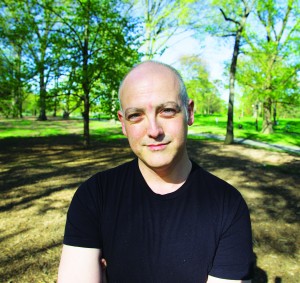 Matt Zoller Seitz is the Editor-in-Chief of RogerEbert.com, the TV critic for New York Magazine and Vulture.com, a finalist for the Pulitzer Prize in criticism, and the author of multiple books about the life and films of Wes Anderson. That last part is the most important for the purposes of this interview, for which he was kind enough to speak with Park Slope Reader. 2013 brought the first The Wes Anderson Collection, which celebrates and analyzes all seven of Wes’ films that were released up to that point. This February, The Wes Anderson Collection: The Grand Budapest Hotel followed as a second volume focusing on only Anderson’s most recent film. Here, Seitz talks about the differences between the two books, the fun of elaborate footnotes, and the surprise expense of novelty trinkets.
Matt Zoller Seitz is the Editor-in-Chief of RogerEbert.com, the TV critic for New York Magazine and Vulture.com, a finalist for the Pulitzer Prize in criticism, and the author of multiple books about the life and films of Wes Anderson. That last part is the most important for the purposes of this interview, for which he was kind enough to speak with Park Slope Reader. 2013 brought the first The Wes Anderson Collection, which celebrates and analyzes all seven of Wes’ films that were released up to that point. This February, The Wes Anderson Collection: The Grand Budapest Hotel followed as a second volume focusing on only Anderson’s most recent film. Here, Seitz talks about the differences between the two books, the fun of elaborate footnotes, and the surprise expense of novelty trinkets.
The major difference between your first Wes Anderson book and this one is that the first volume had everything; all seven of his previous films and analyses of each of them uniquely. Did you prepare for this one differently because it was only based on one movie, or was the process pretty similar?
We had a few options. One was to put out a second edition of the first book that included The Grand Budapest Hotel but we didn’t want to do that because it didn’t seem right to ask people to buy the same book twice, so we decided on a second book. Once we knew that, we had the opportunity to take a slightly different approach, really concentrate on a single film in greater length and great detail, and also to bring in interviews with other people. It wasn’t just me and Wes—now it was me interviewing Ralph Fiennes and interviewing Milena Canonero or Adam Stockhausen, their production designer. Then on top of that, more critical essays by people who knew more about each particular deal, and that’s how we ended up with Ali Arikan on the writing of Stefan Zweig and how that might or might not have influenced Wes Anderson, and Olivia Collette writing about the score (she’s a classical musician.)
That almost mirrors the narrator-driven and detailed structure of the film, and you also incorporate what might be considered extraneous information, such as the various actor career arcs or the Stefan Zweig excerpts. Was there a specific reason you wanted to include those?
I just thought they were fun. [In] the first book I did a little bit of that as well. In fact, there’s really three different books happening in the original The Wes Anderson Collection. One of them is this interview book with me talking to Wes, the other one is this collection of critical essays by me, and then you have the third book in the footnotes. Footnotes are kind of the sneakiest of the three books. Those are very digressive and almost random most of the time. I’m a huge fan of David Foster Wallace who would have these footnotes that would go on forever and a lot of times the footnotes would be things that there was really no rational, defensible reason why something was in a footnote but he would put one in anyway. Or it was a way of including things that he would otherwise have had to cut (laughs).
So we did even more of that in this book. At one point Wes Anderson and I are talking about the narration of his movie, and we both realize that there’s a possibility that we’re both talking out of our butts on this particular subject and he says, “You know, maybe we can check this.” And I said, “OK I’ll talk to my expert,” and I emailed David Bordwell who I know. He wrote me a very long email about the history of voiceover narration in cinema. It’s not really even a footnote. It spans two pages. I would say not all of them are defensible, but on the other hand, I think part of why these books have been the best is [because] they’re not all meat and potatoes; there’s personality to them. You kind of get a sense of the personalities of people who make books. Me and Martin Venezky and Max Altman.
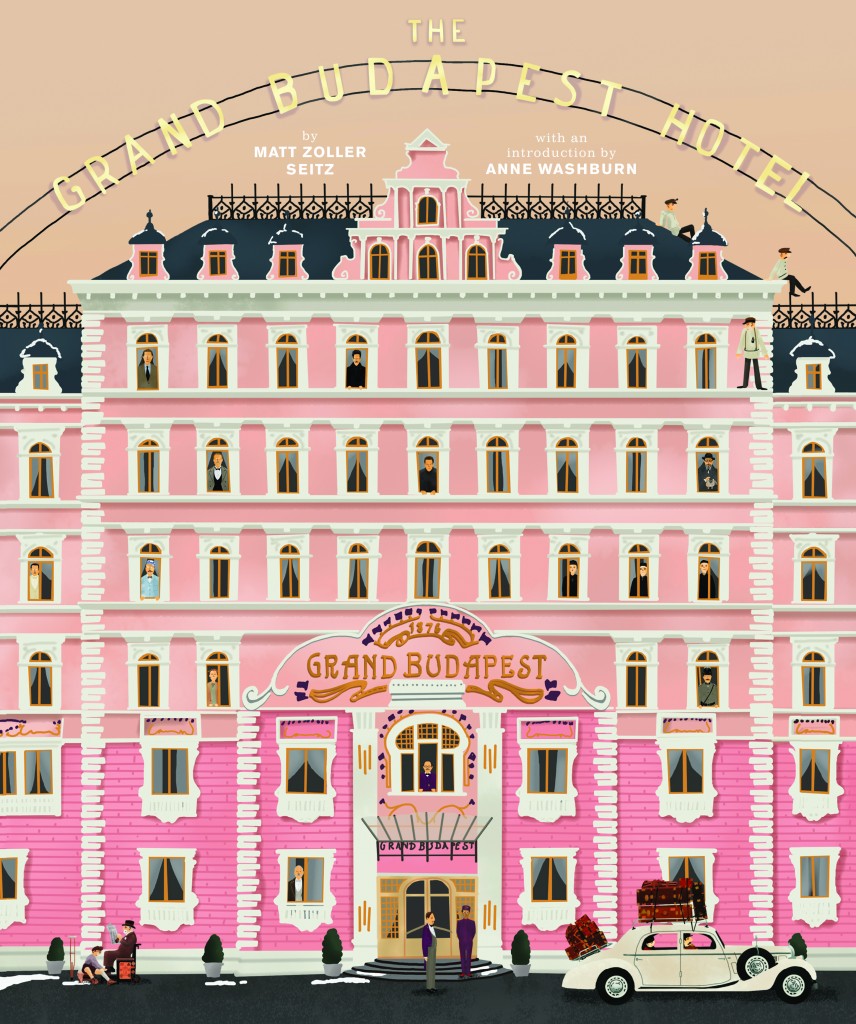
There are the different aspect ratios and design aesthetics in this book, just as in the film. Did you have a hand in that or was that mostly your illustrator and your designer?
I told my editor I wanted this book to change aspect ratios like the movie did and I wasn’t sure how we were going to accomplish that. I had originally talked to my editor about having the page size change. At one point there were going to be three different sizes of paper stitched into the binding of this book and when you moved from one section to another the actual physical size of the page would change. We priced that and we realized it was entirely too expensive. Martin came up with another solution that was simpler and cheaper, which was to map the page. And if you notice, there’s three standard sizes for the book. When you’re in the interview sections it fills up the entire book. The critical essays are slightly smaller. And the interviews with Canonero, Fiennes, Desplat etc. are slightly smaller than that. So that’s our version of our change of aspect ratios.
You face a lot of those kinds of situations where you have your extravagant idea and then you have your realistic one. The original Wes Anderson Collection, very early on in the process we talked about selling it in a little box and the box would look like a little keepsake box like the ones you see at the beginning of To Kill A Mockingbird and you would open it up and the book would be inside and there would be seven little trinkets each related to his films. We realized that would cost $250 a piece to do so it was unrealistic so we just went with the book (laughs).
You’d have to come out with a Christmas ornament collection or something! (You can put that idea in your back pocket.)
We’ve discussed that. We’ve discussed putting the first and second book together, and you know if there’s a third book we’ll add that one as well.
You had a lot of fun with this one because you were only focusing on the one movie and you could have fun with the cover and the different aspects of it. Did you have ideas for different things that didn’t pan out design-wise or interview-wise that you’d like to share?
The big thing was the changing page size. I really wanted to do that because I’ve never seen that done before in a film book. If I had to do it over again, more interviews. But I say that understanding that if there were more interviews, there might be more pages, and then it might get more expensive and unrealistic again. I do believe that once a thing is done I like to leave it alone. I asked Wes about that in the first book. I said why is it that you don’t like the director’s cuts and he said that his feeling was once the movie is done then it’s “archival”. He said that means the thing is what it is, then I’m done with it. It’s a record of something in time and I don’t want to go back because I feel like I’m distorting history in a way. That’s his feeling. That’s why there’s never been director’s cuts of his movies. I don’t believe there’s been more than one or two deleted scenes. I don’t think he’s ever put a deleted scene on a DVD now that I think about it. I’m also in so many different things I can’t afford to obsess over what might have been. I don’t tend to make a practice of it.
At one point in the book you mention that the movie really feels like a culmination of his career. More melancholy moments, more overt comedic moments. Did you go into it wanting to talk about, say, Kumar Pallana even though he wasn’t in Grand Budapest because he had passed away, or was that something you decided to leave in because you felt like it was appropriate?
Talking to Kumar was…we were at the Algonquin hotel/bar and somehow we just got on the subject of Kumar who had died a few months earlier. We got on a level of discussion of a guy he worked very well with because he had been in a number of films and it was a classic digression. Kumar wasn’t related to The Grand Budapest Hotel. He wasn’t in it and there’s really no reason to include that section other than because it was about Kumar a lot and we thought it would be a nice gesture to his family.
There’s actually an entire other chapter of this book that we cut. It’s an entire other section where Wes called me up and said, “Hey, I would like to do a conversation where we don’t talk about The Grand Budapest Hotel—we just talk about movies.” And I said, “Okay!” So we talked for about two hours about all kind of things including train travel, Japanese animation, disaster films, and our childhoods in Texas. At the end it was fifteen to twenty pages of text, and it just seemed like too much so we cut it. So there’s digressions in the book, but it’s not nearly as digressive as it could’ve been.
Now you’re going to make people want a separate pamphlet of you and Wes Anderson talking about Japanese animation.
He actually knows a lot. It’s funny because he’d never seen any of that until his girlfriend Juman [Malouf] introduced him to it. So that influenced his work on Fantastic Mr Fox. He’s really into that stuff. We also talked about Steven Spielberg which is something we almost always talk about when we’re together just because we’re both major, major, major nerds for Spielberg.
For the first Wes Anderson Collection when you watched most of his movies you didn’t know you were going to write a book and analyze them on such a level. Is this the first movie where you watched it in advanced knowing in the back of your mind that you were maybe writing a book about it? Did it alter the way you went into it the first time in that screening room? Or did you just block that part out and watch it as you normally would a Wes Anderson film the first time?
Well the production process was different. In the first book you’re dealing with the conception and that I’ve seen [the films] when we were laying the book out and doing the chapter on each. I didn’t have any history with The Grand Budapest Hotel. I was experiencing it as a regular viewer, really. I mean, I got to see it slightly in advance of most critics. He showed me a nearly completed cut that had some color timing issues, maybe one or two audio issues, and incomplete special effects. That was in November of 2013, shortly after the book came out. I was able to see it just that time and then I did my first interview. I said to him before we even had a contract, “Hey, Wes, I have no idea yet if we’re going to be able to integrate this into a future volume of the book. If so, how about maybe we go ahead and do an interview just in case.” And he said, “Yeah, good idea—let’s do it.”
So before the movie was released I had seen it maybe three times and interviewed Wes at least two times. I did more interviews with Wes than I collected in the book. Breaking things into the three acts is a storyteller’s trick. Months of conversation at the Algonquin hotel happened. There are parts of the first conversation that I moved to the second chapter, and parts of the second that I moved to the third. It’s a case where you talk to somebody again and again and maybe the first time you talk about the costumes and the second time you go off on a tangent about the costumes again and it doesn’t make sense when you’re editing to be bringing up the costumes in all three acts. I always tell people that these books are documentaries in book form. That’s supposed to mean it’s not like you’re pointing the camera or tape recorder at somebody and this is exactly what happened. You’re arranging it, and you’re cutting things that are basically irrelevant or uninteresting. You make the experience as pleasurable as possible for the consumer.
As far as The Grand Budapest Hotel goes, my relationship with the movie kept getting deeper the more times I saw it. In that sense, I would say a major difference between the second book and the first is that my attitude towards everything was basically settled in the first book when the time came to make it. The only exception to that was Moonrise Kingdom. My experience with this movie is being formed as you read the book. You can see in the preface that I admit the first time I had only had one view of the movie—so my impressions are probably not going to be so deep, and they’re not. But then the second time, I had a chance to live with the film a bit more and my thoughts are a little more settled and a little more detail oriented. And then by the time you get to the third one, I’m thinking about the architecture of the story. So when I say it’s a documentary in book form, it’s not only a documentary about the movie in the form of a book, but it’s also secondarily a documentary about my making this book.
As you mentioned before, you talked to Anderson about the costuming, the set design, shot set up, and camera movement. What’s your personal favorite part of his movies—specifically this one?
I don’t know if I have a favorite part of work in his movies or [a favorite] thing that he does. It’s just too hard to say. It’s like saying what’s my favorite Monet painting. I don’t know. It probably depends on my mood. But I will say that the thing I keep coming back to again and again is his sense of loss that’s the driving force behind every one. That’s something that I connected to on a very deep level, even very early in his career. I think a lot of people did. His movies are not trivial concoctions because they’re about loss, they’re about death, they’re about mortality, they’re about things fading away and how you just have to make peace with that because you don’t have any control over it. That’s the reason why earlier in his career—before there was this consensus that he was an important or interesting filmmaker—people got quite defensive when Wes Anderson was dismissed or criticized or ridiculed, because they saw this seriousness in his films. Wes Anderson movies are a really great illustration of the idea that just because a movie’s fun doesn’t mean it’s not serious. He was always a serious filmmaker. Even going back to Bottle Rocket, which in many ways I still think is his lightest film overall. Maybe Moonrise Kingdom or maybe Fantasic Mr. Fox might be in a tie with it. But even Bottle Rocket deals with feelings of disappointment, youthful naiveté, emotional breakdown, mental illness, and criminality.
I actually just watched it this past weekend and it was really interesting. I haven’t watched it for maybe ten years. It is striking how present those aspects are so early in his career, and you don’t realize it the first time you see it or after you go away from it for a little while.
That last five minutes of Bottle Rocket feels like a preview of the rest of his career.
You can find bits of it in every one of his movies when you do go back through them, especially Owen Wilson’s performance.
Yeah, that moment when he’s walking away from Bob and Anthony to the prison and he’s all jocular and grinning and the hellraiser. And then it shifts in slow motion, and you see he looks back very subtly and you see that he’s terrified. I think Wes Anderson’s movies are contained in that one moment.
Last question. You have an Oliver Stone career book in the pipeline. Did you learn any lessons from your Wes Anderson books that you’re applying to that or are you approaching it completely differently?
I learned a lot about practical things—layout, materials, intellectual property, things like that. We’re definitely applying those. By the time we made the second book we knew what we were doing. And now with the Oliver Stone book we really knew what we were doing, so we’re able to mix it up. With this book, it’s not going to look anything like the Wes Anderson books. It’s going to be something completely new that people haven’t seen before. It takes its inspiration from Oliver Stone’s films, which are very different films to say the least. It’s much more of a biography. It’s practically a life story with critical analysis dispersed in there. This is a guy whose life and films are so strongly entwined that you really can’t separate the two. I think the trouble with this book is trying to figure out what is the best and most interesting way to reflect that visually. We’re still going back and forth on it.
It’s also a political book because Stone is a political filmmaker. I’m trying to reflect his worldview in this book and his worldview is a very disillusioned one. This is a guy who was a young Republican, the son of a stockbroker, a child of privilege. He has deconstructed all of the lies to become someone else and it’s been an ongoing process. He’s told me many times that he considers himself a work in progress and he’s seventy years old. So I would say if we do it right, this book is going to be a record of a person struggling to hopefully improve himself over the course of his life.
Right. I actually lied. I have one more question. I don’t know if you’ve thought about this at all or if you just take his movies as they come, but what do you hope Wes Anderson does next? What direction does he push or new thing do you think he approaches in his next film?
I wouldn’t presume to give Wes Anderson suggestions, but I personally would love to see him do a science fiction film—since I think he’s often heading that direction anyway. He made a casual comment in an interview one time where he said he had a fantasy of shooting a science fiction movie in space in actual zero gravity. I don’t think he was kidding.

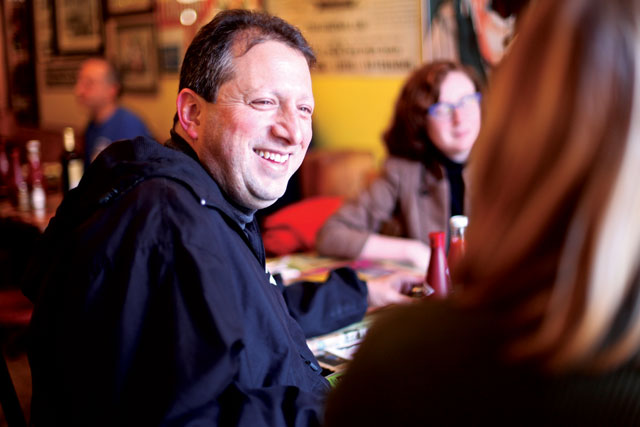
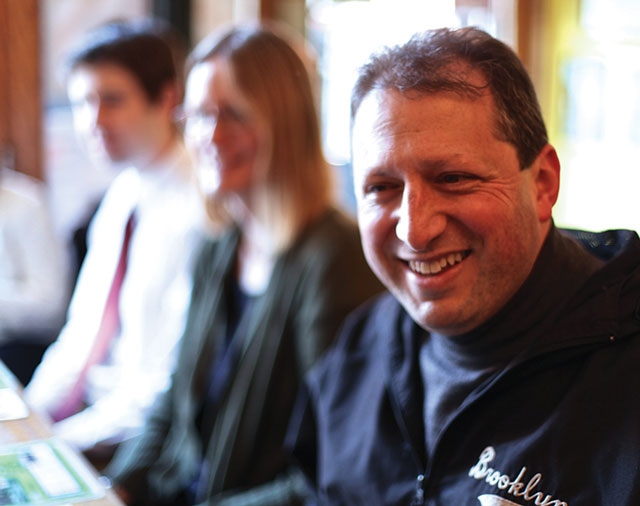 You’ve long been an advocate for affordable housing, the New York Times referred to you as an “expert.” What do you see as some of the challenges facing District 39th in this arena? Please boast of your accomplishments here as well.
You’ve long been an advocate for affordable housing, the New York Times referred to you as an “expert.” What do you see as some of the challenges facing District 39th in this arena? Please boast of your accomplishments here as well.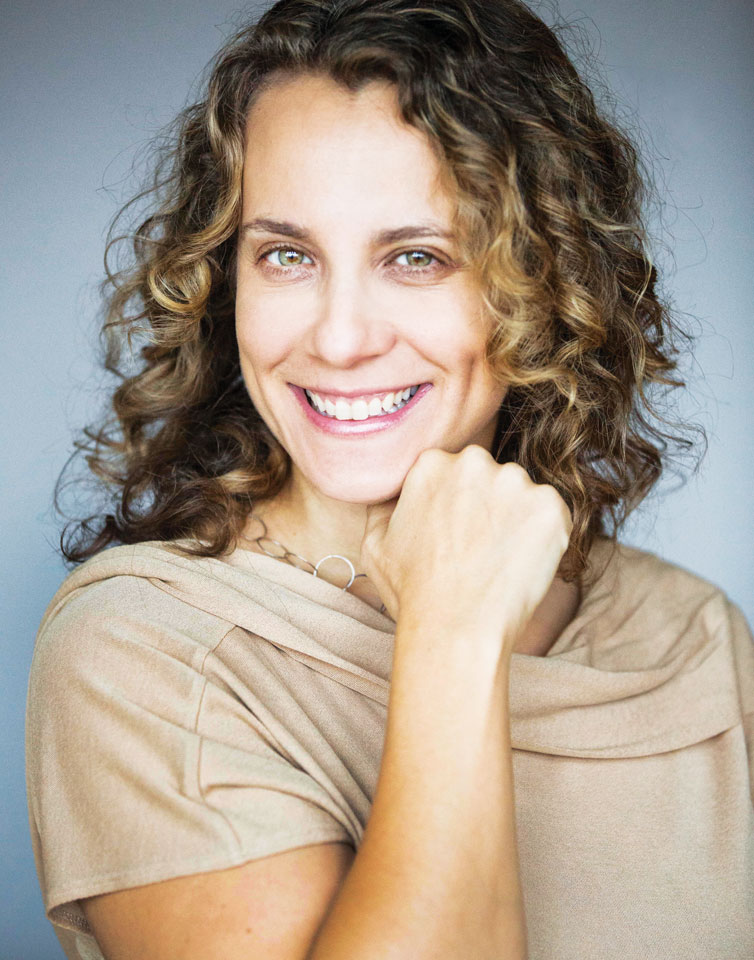
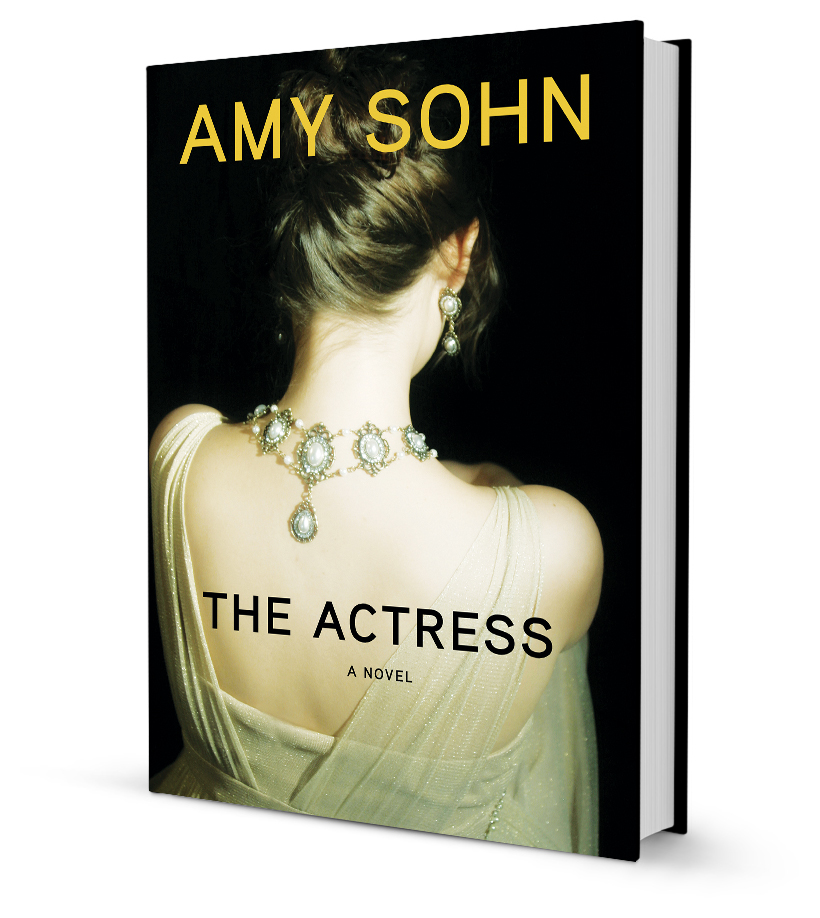 Who were your inspirations for the protagonist Maddy Freed?
Who were your inspirations for the protagonist Maddy Freed?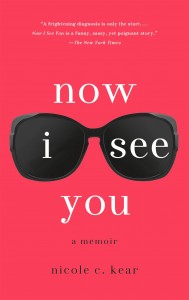
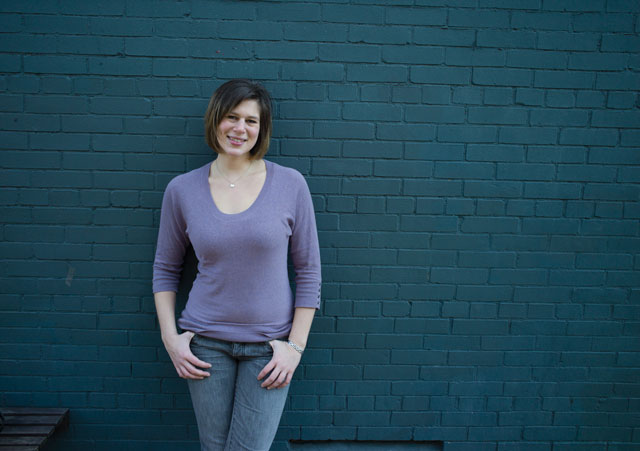
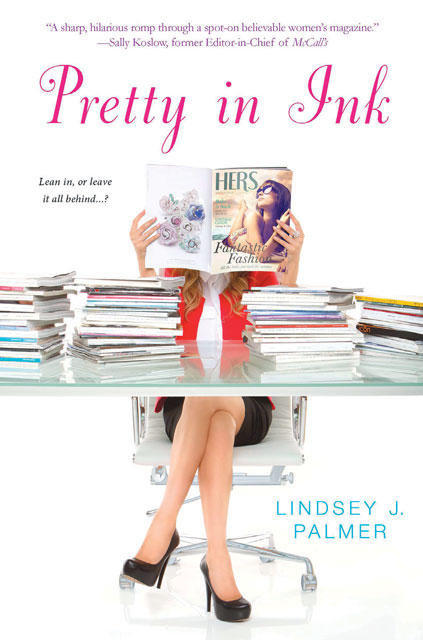 When did you start writing Pretty in Ink?
When did you start writing Pretty in Ink?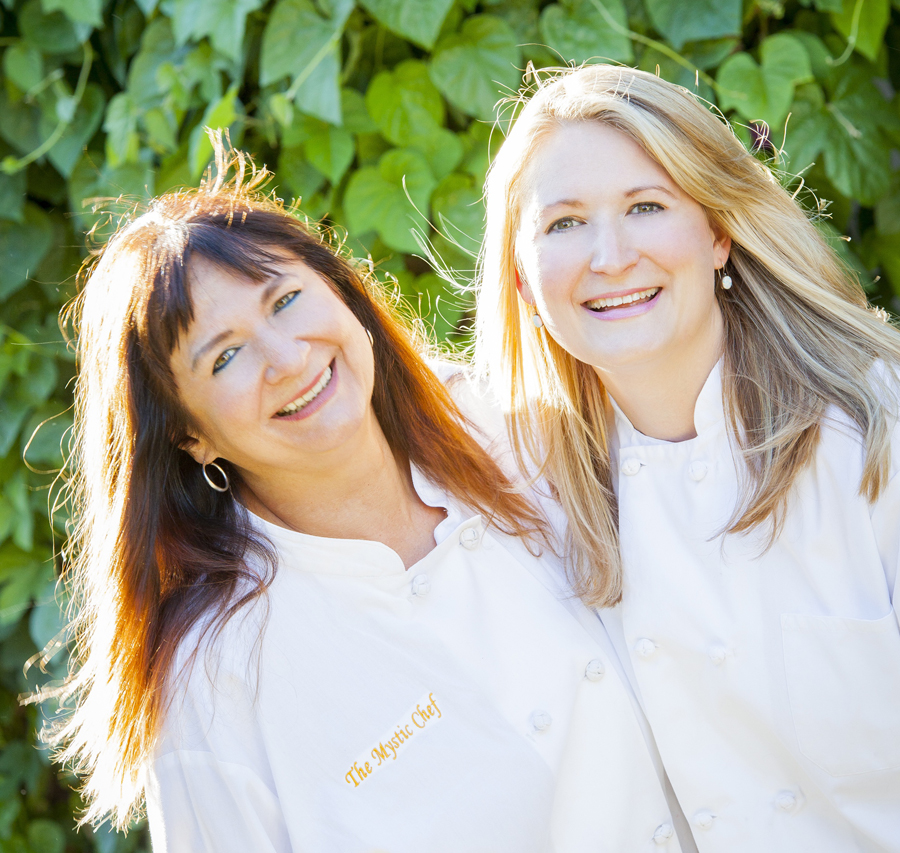 A Q&A with Denise and Meadow Linn, authors of The Mystic Cookbook
A Q&A with Denise and Meadow Linn, authors of The Mystic Cookbook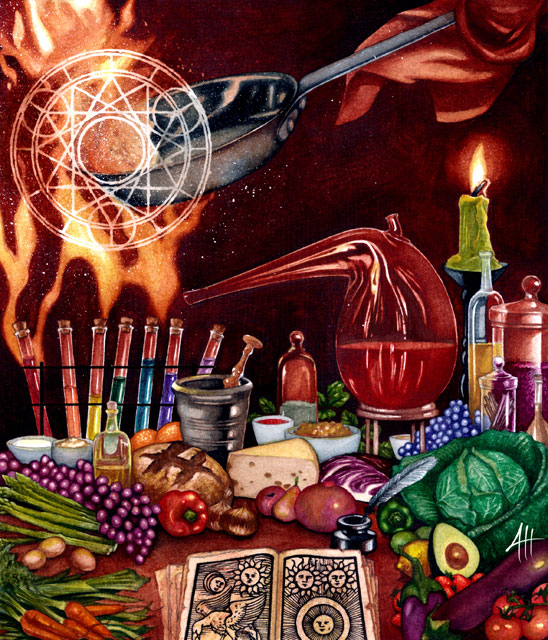 So, what is the secret alchemy of food?
So, what is the secret alchemy of food?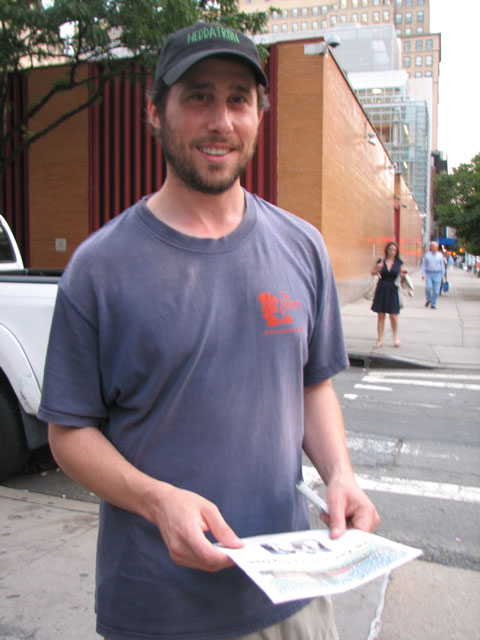 Exploring every corner, intersection, doorway, garden, and street side oddity, Matt Green has a mission: walk every block of all five boroughs of New York City. This might seem like too hefty a task for even a long-time New Yorker, but Matt comes qualified for the job — in 2010 he completed a cross-country walk from Rockaway Beach, New York to Rockaway Beach, Oregon and catalogued all his small-town discoveries via photos and small blog entries on his website
Exploring every corner, intersection, doorway, garden, and street side oddity, Matt Green has a mission: walk every block of all five boroughs of New York City. This might seem like too hefty a task for even a long-time New Yorker, but Matt comes qualified for the job — in 2010 he completed a cross-country walk from Rockaway Beach, New York to Rockaway Beach, Oregon and catalogued all his small-town discoveries via photos and small blog entries on his website